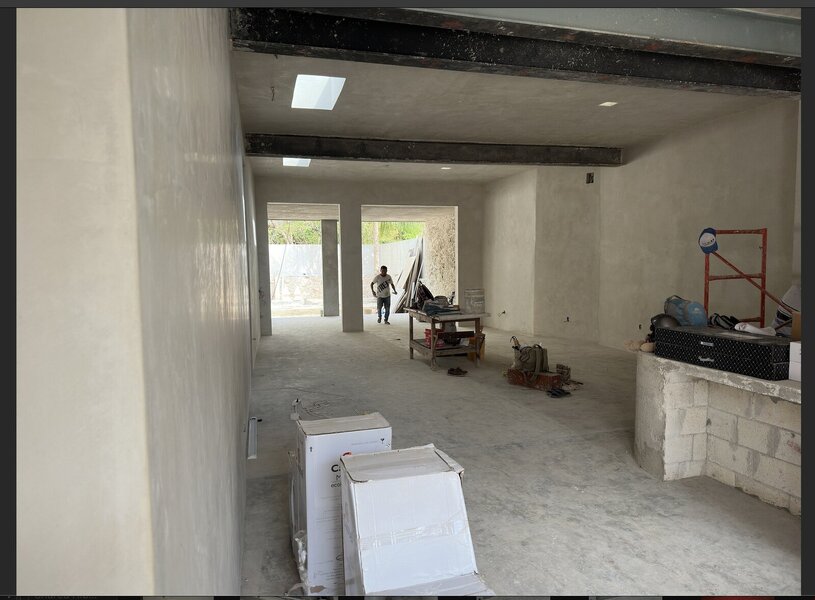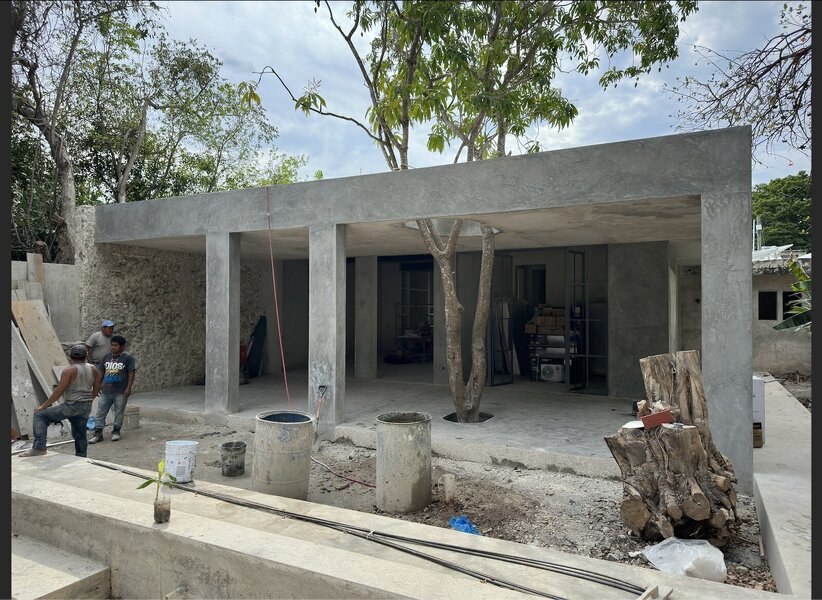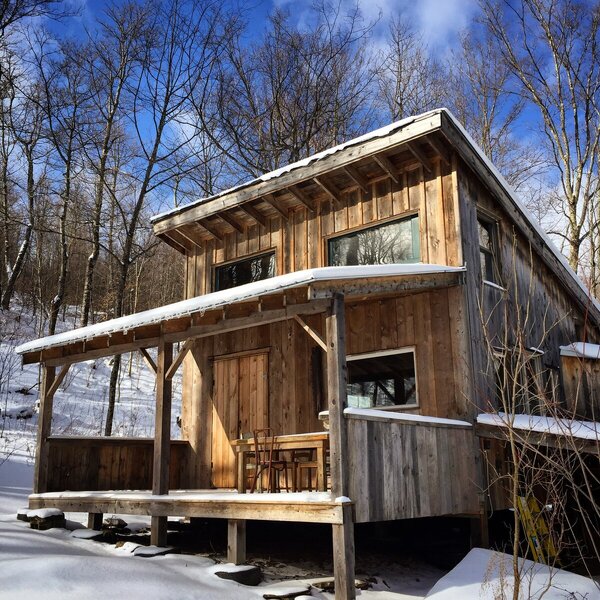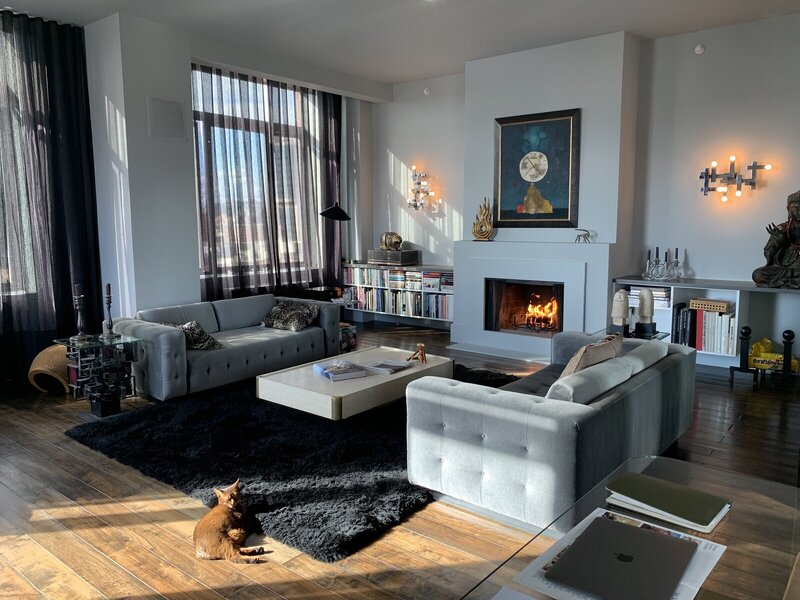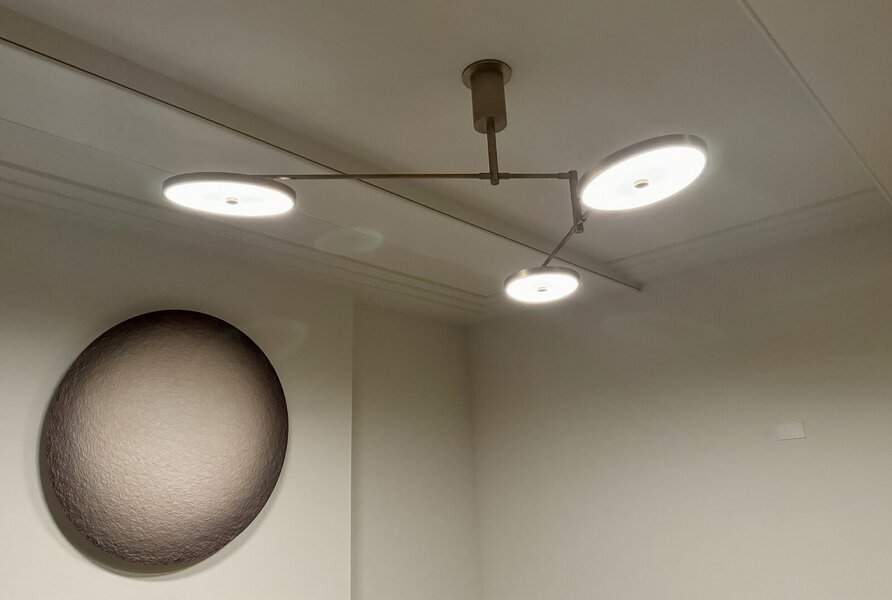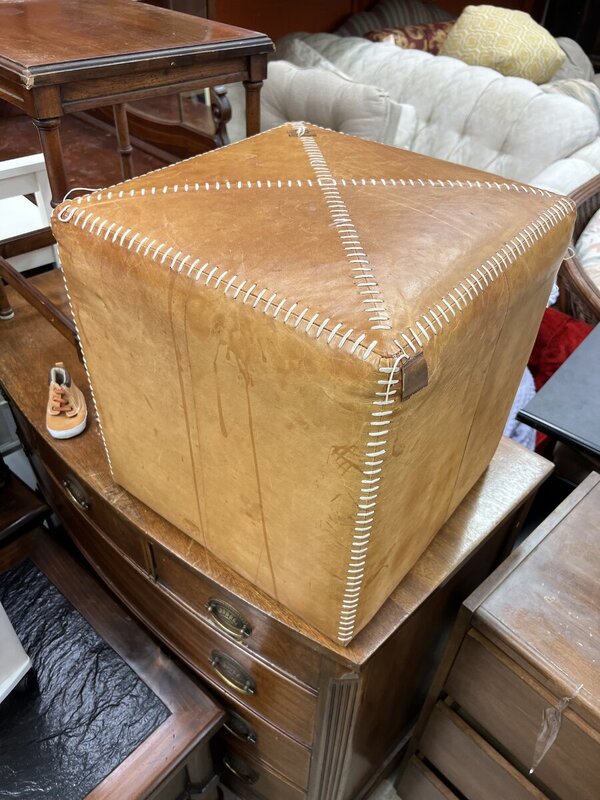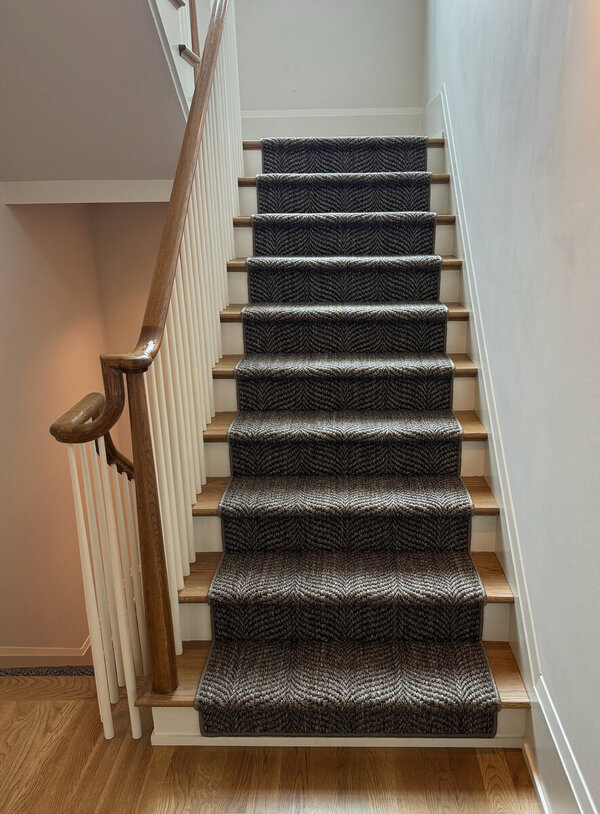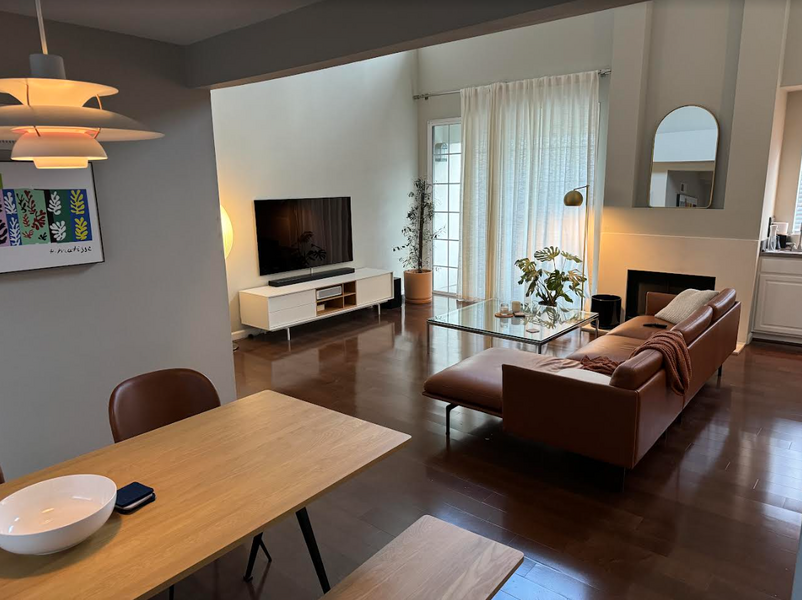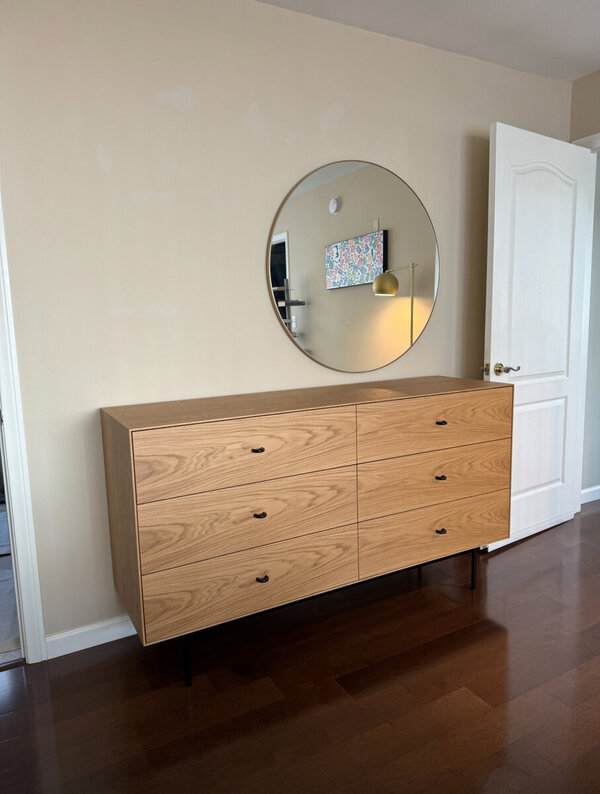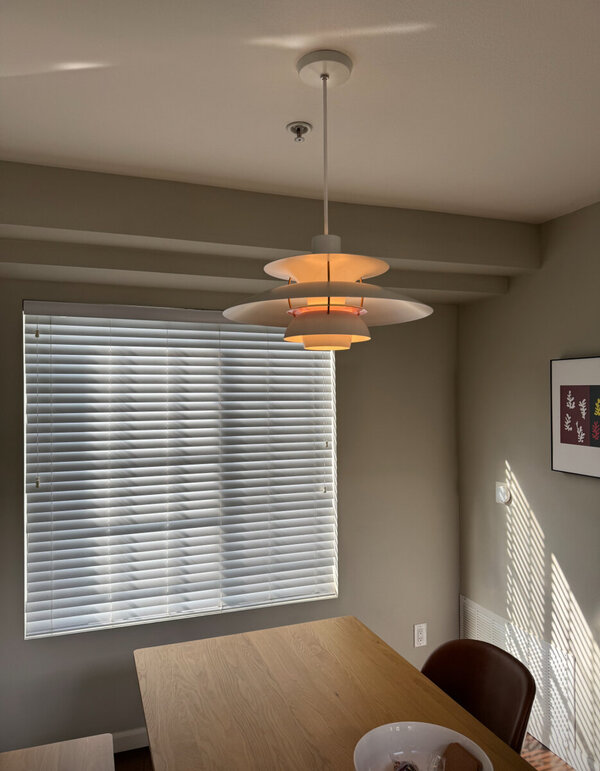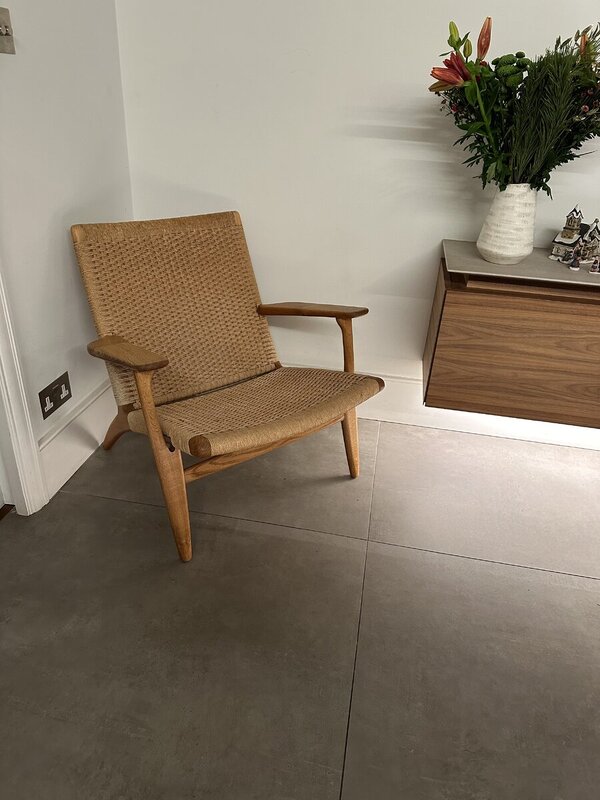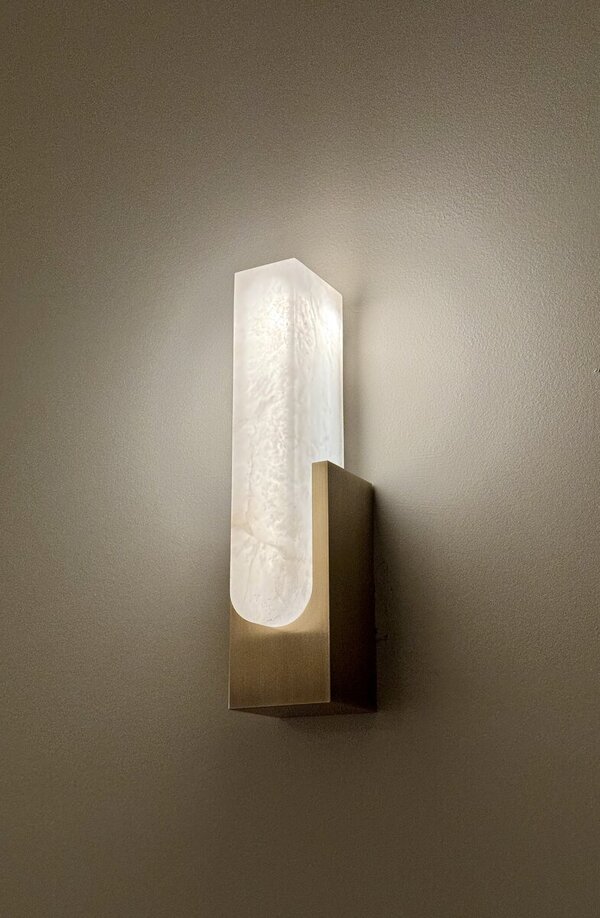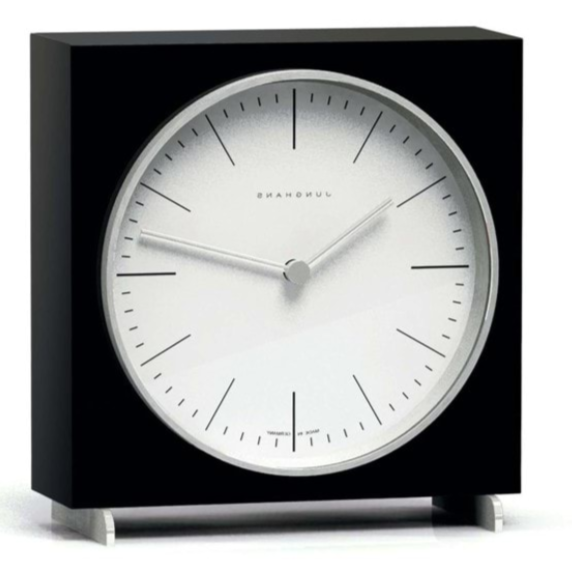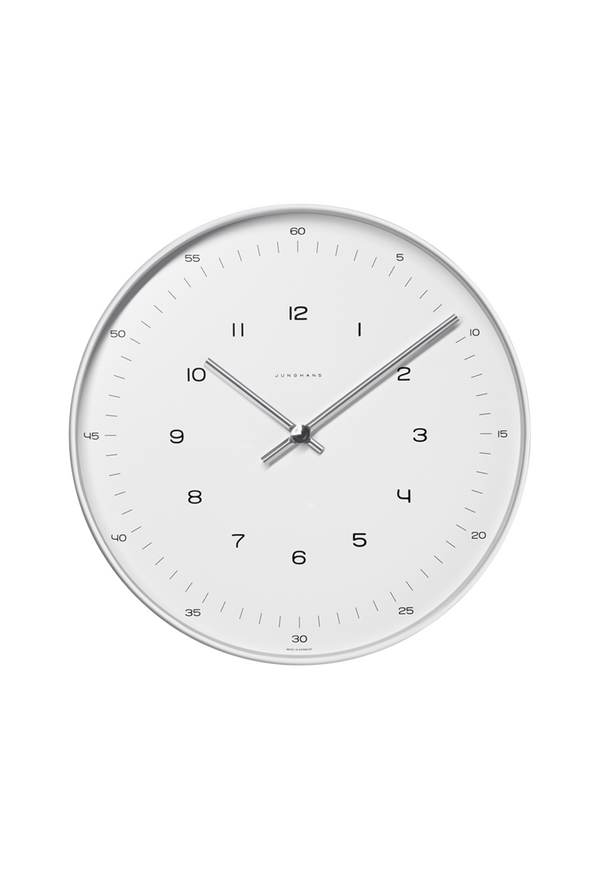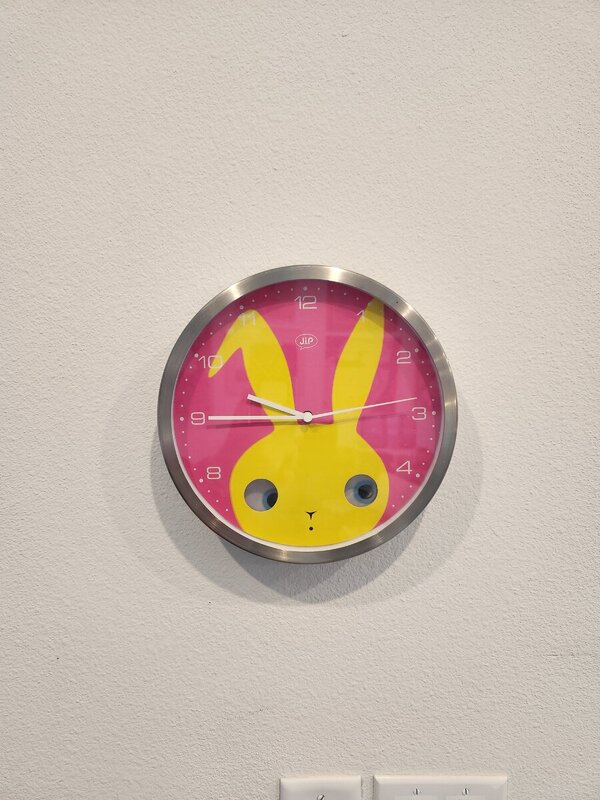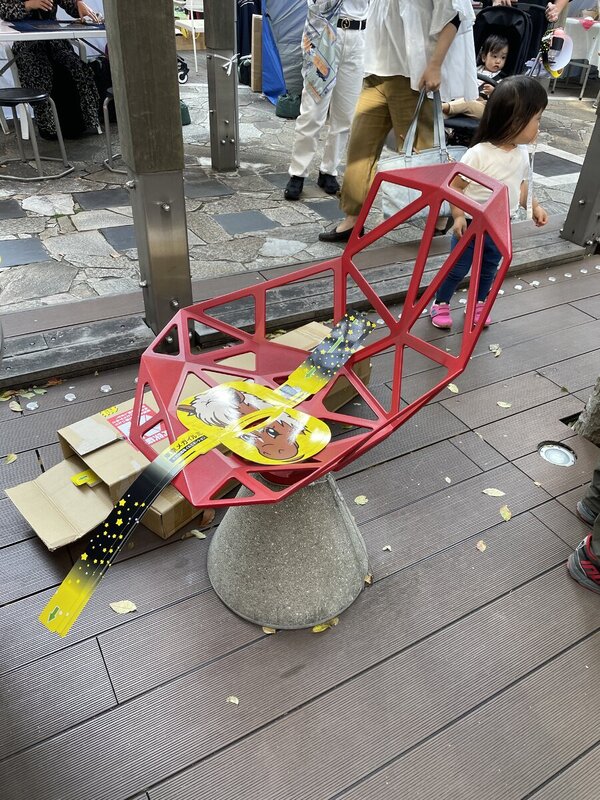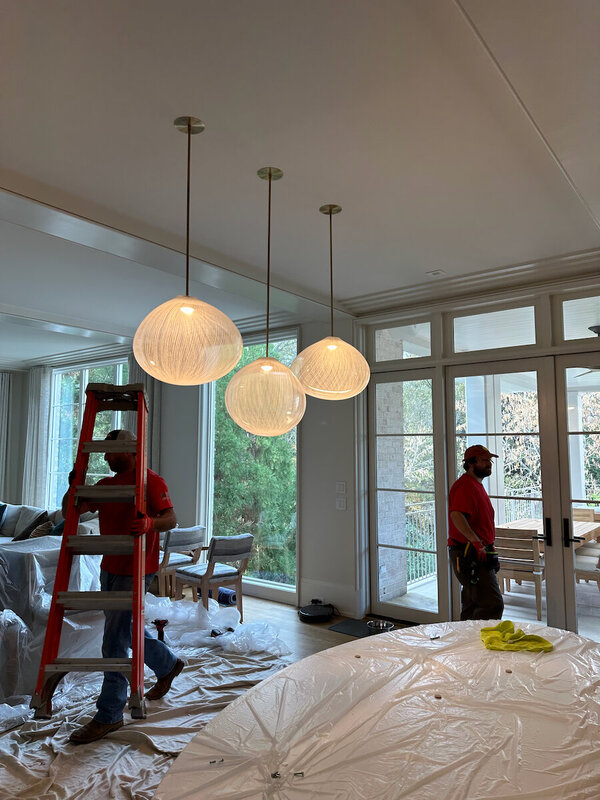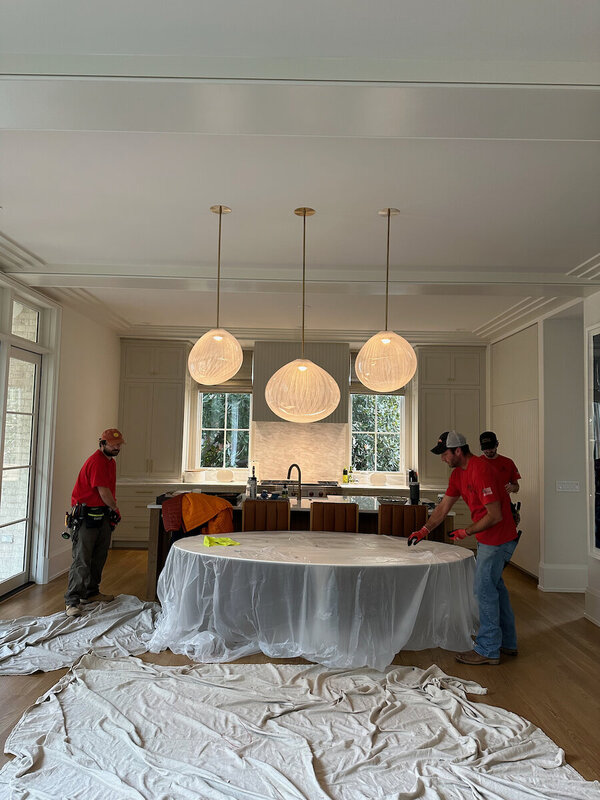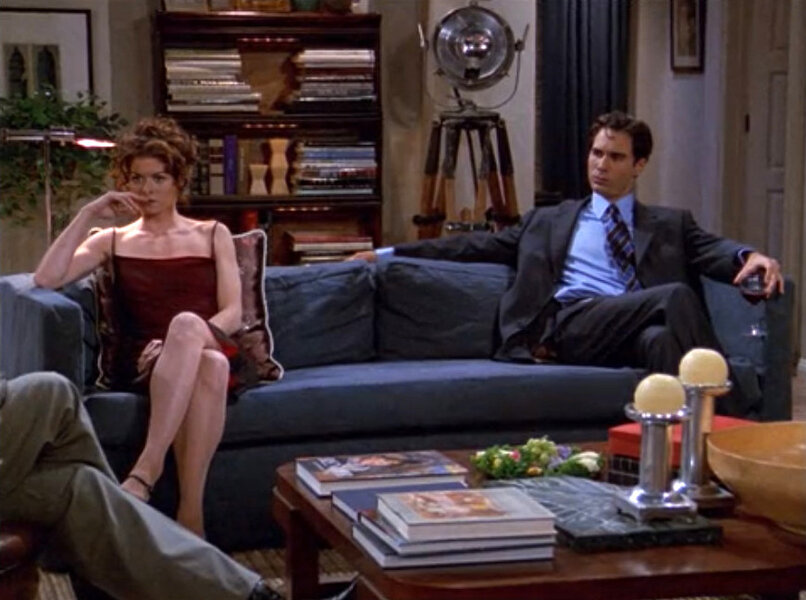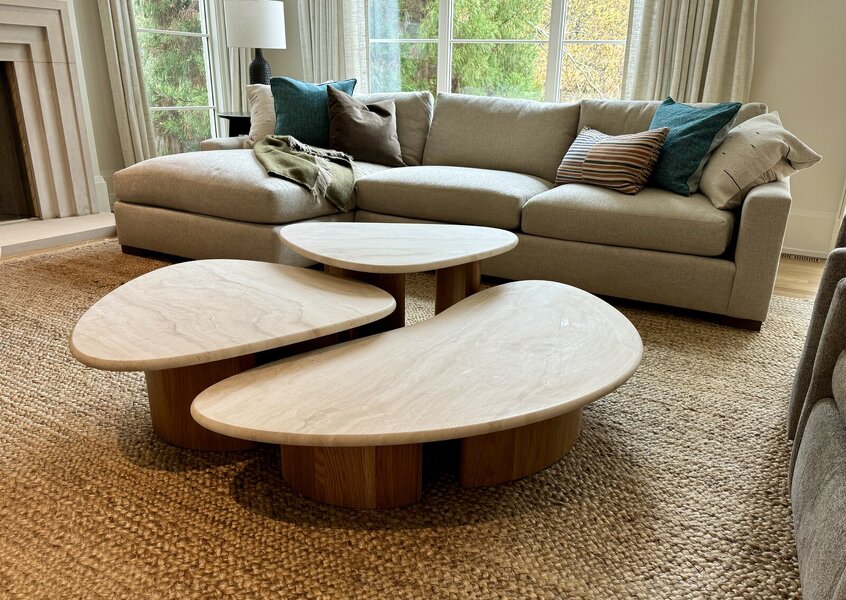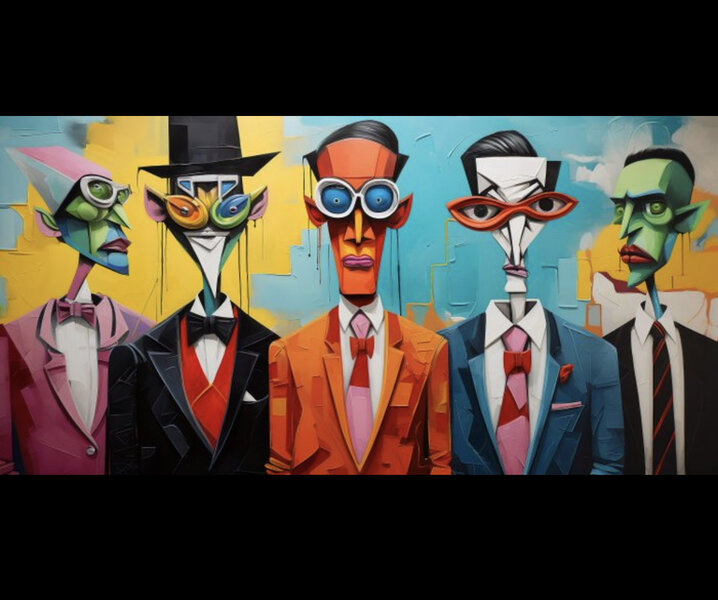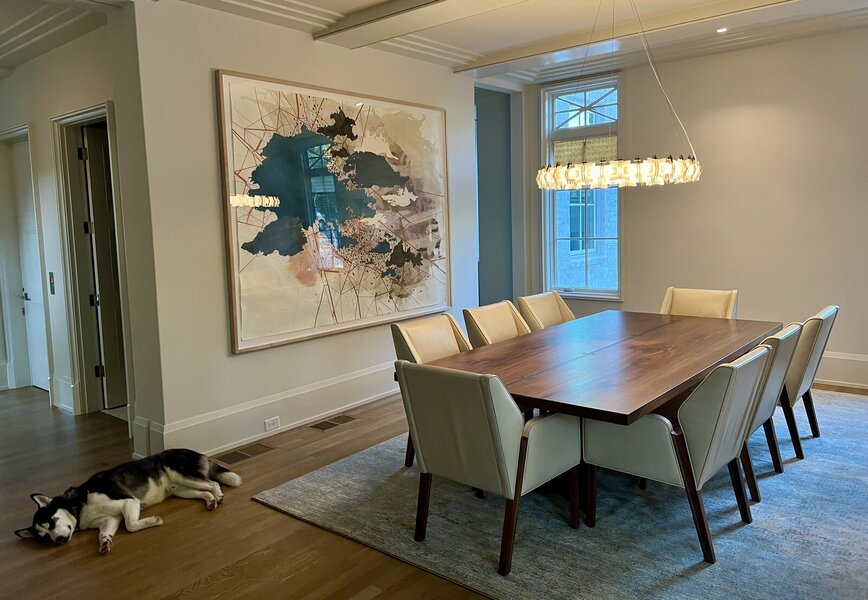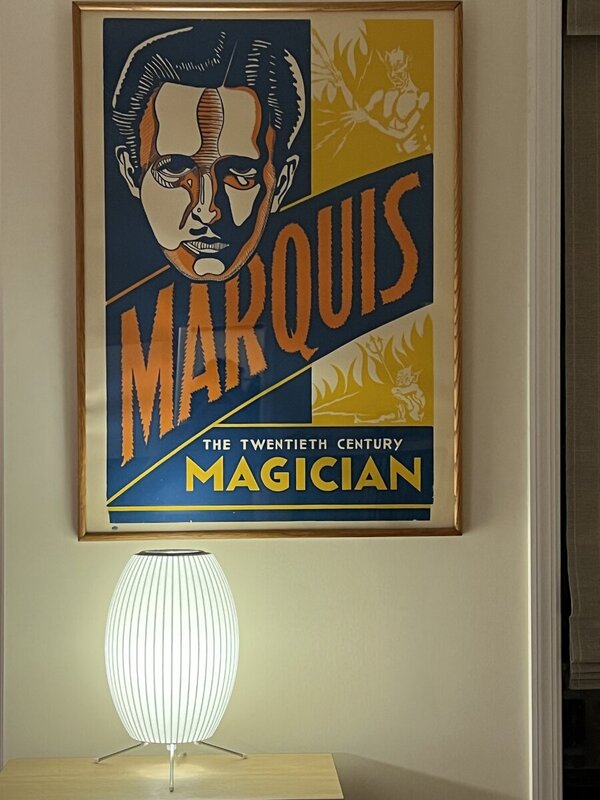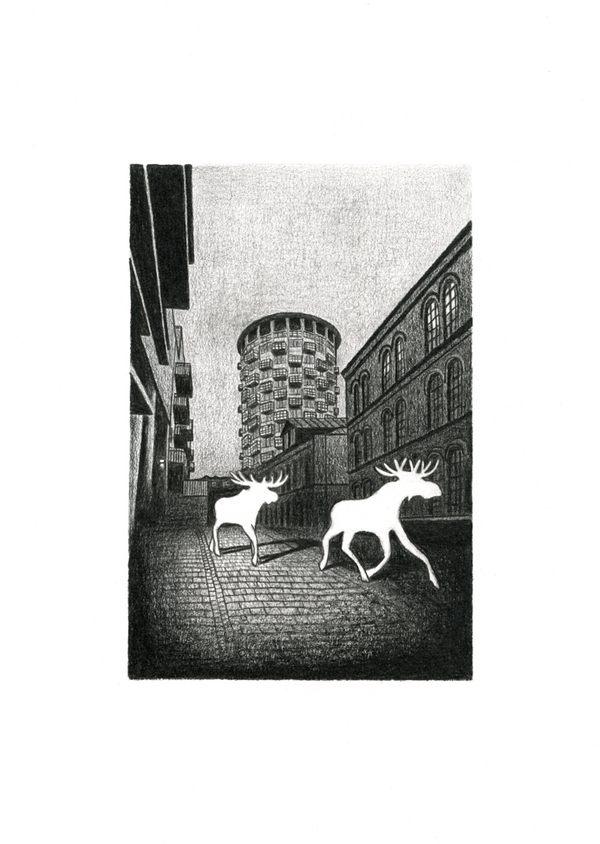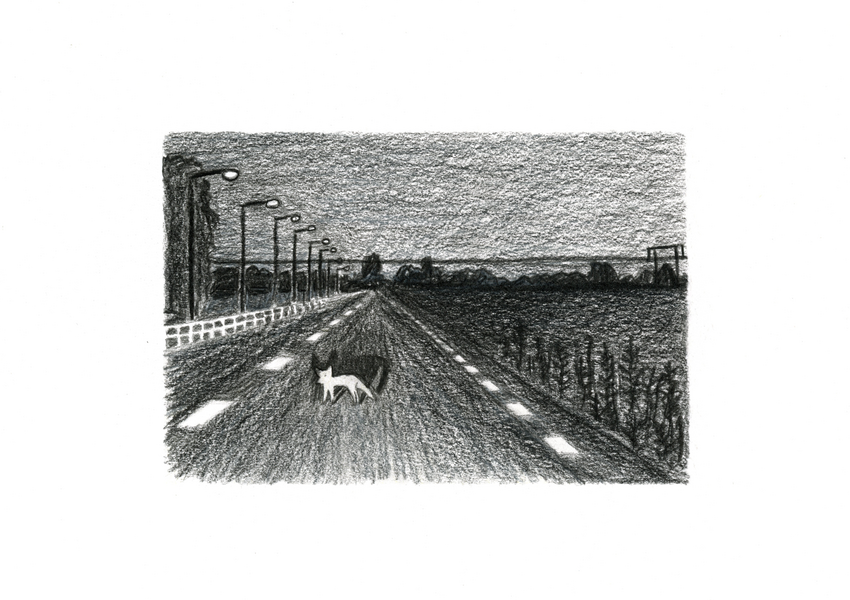-
- Men's Style
- Classic Menswear
- Streetwear and Denim
- Preorders, Group Made-to-order, trunk shows, and o
- Menswear Advice
- Former Affiliate Vendor Threads; a Locked Forum.
- Career and job listings in fashion, mens clothing,
-
- American Trench
- AMIDÉ HADELIN
- Archibald London
- The Armoury
- Arterton
- Besnard
- Canoe Club
- Capra Leather
- Carmina
- Cavour
- Crush Store
- De Bonne Facture
- Drinkwater's Cambridge
- Drop93
- eHABERDASHER
- Enzo Custom
- Epaulet
- Exquisite Trimmings
- Fils Unique
- Gentlemen's Footwear
- Giin
- Grant Stone
- House of Huntington
- IsuiT
- John Elliott
- Jonathan Abel
- Kent Wang
- Kirby Allison
- Larimars Clothing
- Lazy Sun
- LuxeSwap
- Luxire Custom Clothing
- Nicks Boots
- No Man Walks Alone
- Once a Day
- Passus shoes
- Proper Cloth
- SARTORIALE
- SEH Kelly
- Self Edge
- Shop the Finest
- Skoaktiebolaget
- Spier and MacKay
- Standard and Strange
- Bespoke Shoemaker Szuba
- Taylor Stitch
- TLB Mallorca
- UNI/FORM LA
- Vanda Fine Clothing
- Von Amper
- Wrong Weather
- Yeossal
- Zam Barrett
-
Hi, I am the owner and main administrator of Styleforum. If you find the forum useful and fun, please help support it by buying through the posted links on the forum. Our main, very popular sales thread, where the latest and best sales are listed, are posted HERE
Purchases made through some of our links earns a commission for the forum and allows us to do the work of maintaining and improving it. Finally, thanks for being a part of this community. We realize that there are many choices today on the internet, and we have all of you to thank for making Styleforum the foremost destination for discussions of menswear. -
This site contains affiliate links for which Styleforum may be compensated.
-
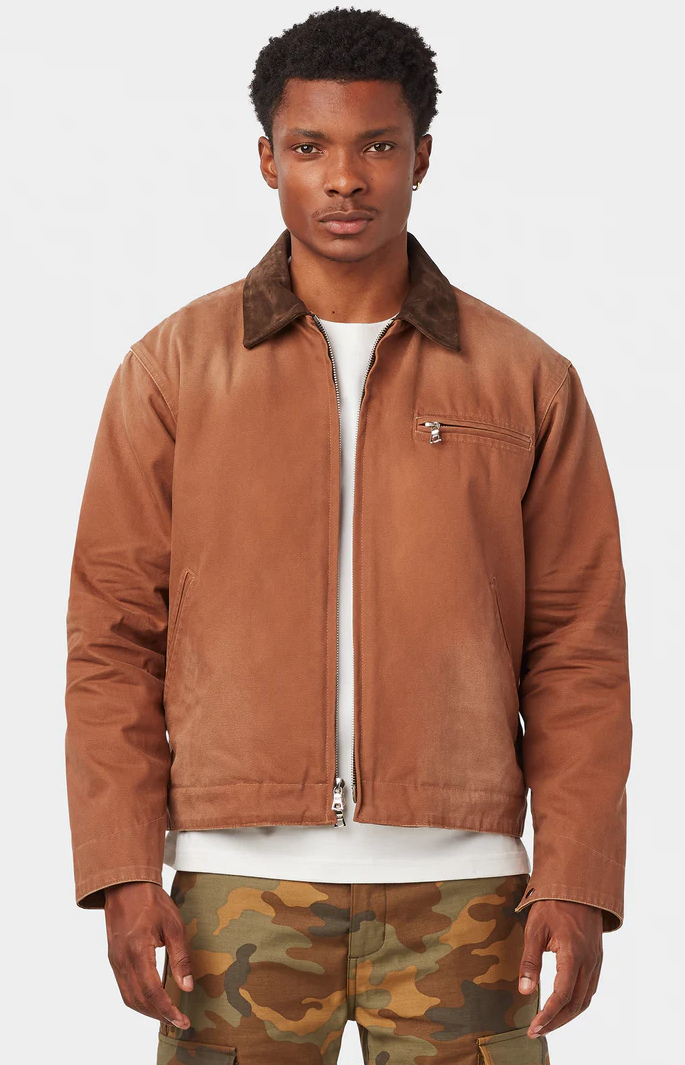
UNIFORM LA CHILLICOTHE WORK JACKET Drop, going on right now.
Uniform LA's Chillicothe Work Jacket is an elevated take on the classic Detroit Work Jacket. Made of ultra-premium 14-ounce Japanese canvas, it has been meticulously washed and hand distressed to replicate vintage workwear that’s been worn for years, and available in three colors.
This just dropped today. If you missed out on the preorder, there are some sizes left, but they won't be around for long. Check out the remaining stock here
Good luck!.
-
STYLE. COMMUNITY. GREAT CLOTHING.
Bored of counting likes on social networks? At Styleforum, you’ll find rousing discussions that go beyond strings of emojis.
Click Here to join Styleforum's thousands of style enthusiasts today!
Styleforum is supported in part by commission earning affiliate links sitewide. Please support us by using them. You may learn more here.
You should upgrade or use an alternative browser.
Cool furniture, design objects and desiderata
- Thread starter gdl203
- Start date
- Watchers 502
- Joined
- Dec 10, 2010
- Messages
- 24,674
- Reaction score
- 35,724
- Joined
- Feb 11, 2007
- Messages
- 26,710
- Reaction score
- 9,853
After finding nothing but mediocre-at-best options from Western vendors, I connected with a China-based broker of sorts who came highly recommended. Through him I sourced a teapot from one of the better known studios, Wuxing Shan Fang. It is headed by Zhou Qi Kun, a certified master artisan (it’s a whole thing). His teapots sell for $3,000+ each.
I didn’t order one made by Master Zhou. Instead, his wife Master Chen made mine (it’s not unusual for both spouses to head a studio). The clay is absolutely top grade and the workmanship seems impeccable. Price was not cheap, but feels like money well spent.
Classic 100ml duo qiu shape. Makes effing fantastic tea!
Have another teapot on order from a different studio, which specializes in red zhuni clay. Should have it within a month.
- Joined
- Dec 10, 2010
- Messages
- 24,674
- Reaction score
- 35,724
- Joined
- Dec 26, 2006
- Messages
- 5,097
- Reaction score
- 1,593
On a related note, anyone else into Yixing teapots?
Yes, but I only have 7. When I get to 11, I'll let you know my thoughts.
Kidding aside, I appreciate you sharing this stuff. It's enjoyable to read about, and I'm particularly eager to see more of SkinnyGoomba's work.
- Joined
- Apr 10, 2011
- Messages
- 27,320
- Reaction score
- 69,987
On a related note, anyone else into Yixing teapots? Oh man, what a way to hemorrhage cash.
After finding nothing but mediocre-at-best options from Western vendors, I connected with a China-based broker of sorts who came highly recommended. Through him I sourced a teapot from one of the better known studios, Wuxing Shan Fang. It is headed by Zhou Qi Kun, a certified master artisan (it’s a whole thing). His teapots sell for $3,000+ each.
I didn’t order one made by Master Zhou. Instead, his wife Master Chen made mine (it’s not unusual for both spouses to head a studio). The clay is absolutely top grade and the workmanship seems impeccable. Price was not cheap, but feels like money well spent.
Classic 100ml duo qiu shape. Makes effing fantastic tea!
View attachment 1370651
View attachment 1370652
View attachment 1370653
Have another teapot on order from a different studio, which specializes in red zhuni clay. Should have it within a month.
I use Yixing teapots. Why do you think the ones you can find in the West are bad?
- Joined
- Nov 21, 2008
- Messages
- 28,543
- Reaction score
- 30,386
I use Yixing teapots. Why do you think the ones you can find in the West are bad?
Because they don't cost $3000+ obviously.
- Joined
- Feb 11, 2007
- Messages
- 26,710
- Reaction score
- 9,853
I use Yixing teapots. Why do you think the ones you can find in the West are bad?
Consider pricing in the Asian market for Yixing, which is obviously far more developed and knowledgeable. $150-200 is the starting point for a fully handmade teapot from an apprentice-level craftsman. $500+ is necessary if paying for a skilled maker of some repute with a name people have heard of. A ranked master certified by the government can charge thousands of USD per pot, like Master Zhou.
In comparison, most Western-facing vendors sell relatively inexpensive teapots (under ~$150). Knowing the above, and given the approximate cost of labor and materials, it is not likely you are getting anything very good. Not saying it’s all junk, but there is a corner cut somewhere—most likely clay quality. It would be rare and odd for a studio to pay up for really good clay and then cheap out on quality of make. Generally speaking, workmanship and material quality go hand-in-hand when it comes to Yixing.
Now account for the fact that modern Yixing clay is highly variable in quality (part of the reason why vintage teapots are so highly prized). Knowing the provenance of the clay used in a teapot is critical. Yet, most Western vendors cannot or will not give details. If decent clay, or intending to sell to an informed customer who would care, why not full disclosure?
They often won’t even tell you who the maker is. Generally, when it comes to handicrafts, if the quality is good, the maker is eager to have his name associated with the product. This holds for Yixing. Anonymity and obscured identities should be warning signs.
That all said, there are plenty of people happy with their cheaper Yixing teapots sourced from Western vendors. Could it be ignorance? Maybe. But nobody said a cheap pot can’t be genuinely good—it’s just that it is a gamble.
Also, there are some Western vendors that sell legitimately good stuff. They provide tons of detail and information. But in those cases, choices are slim, prices are high, and you get no communication with the maker.
- Joined
- Apr 10, 2011
- Messages
- 27,320
- Reaction score
- 69,987
Consider pricing in the Asian market for Yixing, which is obviously far more developed and knowledgeable. $150-200 is the starting point for a fully handmade teapot from an apprentice-level craftsman. $500+ is necessary if paying for a skilled maker of some repute with a name people have heard of. A ranked master certified by the government can charge thousands of USD per pot, like Master Zhou.
In comparison, most Western-facing vendors sell relatively inexpensive teapots (under ~$150). Knowing the above, and given the approximate cost of labor and materials, it is not likely you are getting anything very good. Not saying it’s all junk, but there is a corner cut somewhere—most likely clay quality. It would be rare and odd for a studio to pay up for really good clay and then cheap out on quality of make. Generally speaking, workmanship and material quality go hand-in-hand when it comes to Yixing.
Now account for the fact that modern Yixing clay is highly variable in quality (part of the reason why vintage teapots are so highly prized). Knowing the provenance of the clay used in a teapot is critical. Yet, most Western vendors cannot or will not give details. If decent clay, or intending to sell to an informed customer who would care, why not full disclosure?
They often won’t even tell you who the maker is. Generally, when it comes to handicrafts, if the quality is good, the maker is eager to have his name associated with the product. This holds for Yixing. Anonymity and obscured identities should be warning signs.
That all said, there are plenty of people happy with their cheaper Yixing teapots sourced from Western vendors. Could it be ignorance? Maybe. But nobody said a cheap pot can’t be legitimately good—it’s just that it is a gamble.
Also, there are some Western vendors that sell legitimately good stuff. They provide tons of detail and information. But in those cases, choices are slim, prices are high, and you get no communication with the maker.
Huh, I didn't know that. I knew about the different types of clays and how they intersect with the type of tea you're brewing, and I've read about how to spot the difference between handmade and factory-produced pots. But I've only ever known them as: "get this type of clay for this type of tea, and get something handmade if you appreciate the artisanal craft."
I can't remember how much I paid for my pots, but they definitely didn't cost me four figures. I bought them when I was fresh out of college, so I was probably pretty price sensitive. I did get them from a "reputable" tea shop (although, I guess, who knows at this point).
I've read that a good Yixing pot is supposed to take on the flavor of the tea over time. So much so that, according to legend, you can put hot water in the pot and not even have to brew the leaves to get the flavor. I don't know if that's just one of those marketing myths. I admit, I don't know if my pots have really changed over the years.
I have a gongfu tea set up, which I used to use more frequently. Now I only break it out when I have certain guests over and suspect they're the kind of person who might like this kind of thing. This will probably make purists cringe, but I mostly just brew loose tea leaves in a metal strainer now and in a mug. Still good tea, I think. But it's not gongfu. I mostly drink oolong (Lishan High Mountain)
Curious, what kind of tea do you drink and where do you get it?
- Joined
- Feb 11, 2007
- Messages
- 26,710
- Reaction score
- 9,853
Huh, I didn't know that. I knew about the different types of clays and how they intersect with the type of tea you're brewing, and I've read about how to spot the difference between handmade and factory-produced pots. But I've only ever known them as: "get this type of clay for this type of tea, and get something handmade if you appreciate the artisanal craft."
I can't remember how much I paid for my pots, but they definitely didn't cost me four figures. I bought them when I was fresh out of college, so I was probably pretty price sensitive. I did get them from a "reputable" tea shop (although, I guess, who knows at this point).
I've read that a good Yixing pot is supposed to take on the flavor of the tea over time. So much so that, according to legend, you can put hot water in the pot and not even have to brew the leaves to get the flavor. I don't know if that's just one of those marketing myths. I admit, I don't know if my pots have really changed over the years.
I have a gongfu tea set up, which I used to use more frequently. Now I only break it out when I have certain guests over and suspect they're the kind of person who might like this kind of thing. This will probably make purists cringe, but I mostly just brew loose tea leaves in a metal strainer now and in a mug. Still good tea, I think. But it's not gongfu. I mostly drink oolong (Lishan High Mountain)
Curious, what kind of tea do you drink and where do you get it?
I don’t know how long ago college was for you, but Yixing prices have escalated considerably over the past ten years, mostly fueled by Chinese buyers.
The myth about Yixing teapots being able to retain enough flavor over time such that you could eventually brew tea in one without any tea leaves is just that: a myth. However, different clays and how they are worked and fired definitely have an effect on brewing and are better suited for different kinds of tea. You don’t want to brew wildly different teas in a single pot because certain flavors and aromas do get “stored” in the clay. You don’t want the vegetal astringency of a green tea tainting your highly oxidized oolong, for example.
Generally, the more porous the clay and lower the firing temperature, the more muting the teapot.
You don’t need to spend thousands on a teapot. I agree such teapots are generally aimed at collectors and those for whom the money truly doesn’t matter. I think $200-1,000 is the sweet spot for people focused on function. You can get absolute top-notch material quality and workmanship at the upper reaches of that range. Beyond that, you’re really paying for artistry.
My wife and I are having fairly casual gong fu tea pretty much every night. When you get comfortable with the reasoning and concepts underlying all the rules, you don’t need to fuss over weighing tea leaves or measuring exact time. Mostly it is by feel. We can either concentrate on the tea while having conversation of have some tea while watching a movie or TV.
Right now, we are focusing on Wuyi oolong (“yancha”). I grew up drinking Taiwanese oolongs and black tea, but want to learn about the absolute benchmark for oolong before branching out.
- Joined
- Apr 10, 2011
- Messages
- 27,320
- Reaction score
- 69,987
I don’t know how long ago college was for you, but Yixing prices have escalated considerably over the past ten years, mostly fueled by Chinese buyers.
The myth about Yixing teapots being able to store enough flavor over time such that you could eventually brew tea in one without any tea leaves is just that: a myth. However, different clays and how they they are worked and fired definitely have an effect on brewing and are better suited for different kinds of tea. You don’t want to brew wildly different teas in a single pot because certain flavors and aromas do get “stored” in the clay. You don’t want the vegetal astringency of a green tea tainting your highly oxidized oolong, for example.
Generally, the more porous the clay and lower the firing temperature, the more muting the teapot.
My wife and I are having fairly casual gong fu tea pretty much every night. When you get comfortable with the reasoning and concepts underlying all the rules, you don’t need to fuss over weighing tea leaves or measuring exact time. Mostly it is by feel. We can either concentrate on the tea while having conversation of have some tea while watching a movie or TV.
Right now, we are focusing on Wuyi oolong (“yancha”). I grew up drinking Taiwanese oolongs and black tea, but want to learn about the benchmark for oolong before branching out.
College for me was about twenty years ago. I haven't shopped for a pot in a very long time.
Wuyi is really good. If you haven't seen the film already, "All in This Tea" is a good film about David Hoffman, a tea importer. He also sells tea through his website, including Wuyi. I think he picks good stuff.
order
 www.thephoenixcollection.com
www.thephoenixcollection.com
- Joined
- Feb 11, 2007
- Messages
- 26,710
- Reaction score
- 9,853
College for me was about twenty years ago. I haven't shopped for a pot in a very long time.
Wuyi is really good. If you haven't seen the film already, "All in This Tea" is a good film about David Hoffman, a tea importer. He also sells tea through his website, including Wuyi. I think he picks good stuff.
order
Welcome to website of David Lee Hoffman and the home of The Phoenix Collection. We carry a wide selection of loose-leaf white, green, black, oolong, and pu-erh teas. If you are new to tea, please check out our introductory sampler.www.thephoenixcollection.com
Interesting—will watch.
Seems today they are mostly focused on pu-erh tea. No Wuyi oolong offered.
If looking into Wuyi oolong, essenceoftea.com and chantingpines.com are two of the most premium Western-facing vendors (with prices to match). Also, see tea-drunk.com. They have an excellent and very impressive yancha collection and are NYC-based with an actual store. Priced accordingly, however. I like sevencups.com for “value” options.
Sadly, solid quality yancha starts at $1.50-2.00 per gram. Paying much more doesn’t always net you something that much better, but paying less definitely shows. I do have some of the crazy premium stuff ordered ($10+ per gram), just to see if worth it.
- Joined
- Apr 10, 2011
- Messages
- 27,320
- Reaction score
- 69,987
Sadly, it decent yancha starts at $1.50-2.00 per gram. Paying much more doesn’t always net you something that much better, but paying less definitely sees a drop in quality.
I think dong ding is a pretty good and reliable "cheap" tea. The market is pretty saturated with it, so sellers can't push prices up too much. And the quality of the tea is pretty consistent.
Back in the day, I used to read tea blogs. It's been too long, so I don't know if those sites are around, but there used to be a whole community of people reviewing both common and award-winning tea. I imagine there are still tea bloggers doing this kind of thing, but I haven't looked.
FEATURED PRODUCTS
-
 LuxeSwap Auction - Vintage Antique United States Naval Navy Denim Deck Jacket A piece for denim heads, vintage collectors, streetwear enthusiasts and menswear enthusiasts alike, this extremely rare early US Naval issued deck jacket in raw denim is not likely to ever show up at auction again anytime soon. A Haleys Comet of menswear items, offered at auction at a $9.99 starting bid with no reserve.
LuxeSwap Auction - Vintage Antique United States Naval Navy Denim Deck Jacket A piece for denim heads, vintage collectors, streetwear enthusiasts and menswear enthusiasts alike, this extremely rare early US Naval issued deck jacket in raw denim is not likely to ever show up at auction again anytime soon. A Haleys Comet of menswear items, offered at auction at a $9.99 starting bid with no reserve. -
 Wellington Chore Boot - Special Introductory Price! $495 Introducing the latest addition to Nicks Handmade Boots collection: The Wellington Chore Boot. Engineered for the rigors of daily tasks, this boot is more than just footwear; it's a reliable companion for your everyday adventures. Crafted with convenience in mind, its effortless pull-on design ensures you're always ready to tackle whatever the day throws your way.
Wellington Chore Boot - Special Introductory Price! $495 Introducing the latest addition to Nicks Handmade Boots collection: The Wellington Chore Boot. Engineered for the rigors of daily tasks, this boot is more than just footwear; it's a reliable companion for your everyday adventures. Crafted with convenience in mind, its effortless pull-on design ensures you're always ready to tackle whatever the day throws your way. -
 Kirby Allison - Luxury Suit Hanger - $32 Kirby Allison's Luxury Wooden Suit Hangers protect your suits from stretched collars and droopy shoulders. Our wooden suit hangers provide five-times more support than average hangers and will protect and extend the life of your most important garments.
Kirby Allison - Luxury Suit Hanger - $32 Kirby Allison's Luxury Wooden Suit Hangers protect your suits from stretched collars and droopy shoulders. Our wooden suit hangers provide five-times more support than average hangers and will protect and extend the life of your most important garments.
Latest posts
- Replies
- 1,293
- Views
- 160,880
- Replies
- 37,031
- Views
- 6,883,059
- Replies
- 18,557
- Views
- 3,697,902
- Replies
- 7,829
- Views
- 466,457
- Replies
- 821
- Views
- 174,404
Featured Sponsor
Forum Sponsors
- American Trench
- AMIDÉ HADELIN
- Archibald London
- The Armoury
- Arterton
- Besnard
- Canoe Club
- Capra Leather
- Carmina
- Cavour
- Crush Store
- De Bonne Facture
- Drinkwater's Cambridge
- Drop93
- eHABERDASHER
- Enzo Custom
- Epaulet
- Exquisite Trimmings
- Fils Unique
- Gentlemen's Footwear
- Giin
- Grant Stone
- House of Huntington
- IsuiT
- John Elliott
- Jonathan Abel
- Kent Wang
- Kirby Allison
- Larimars Clothing
- Lazy Sun
- LuxeSwap
- Luxire Custom Clothing
- Nicks Boots
- No Man Walks Alone
- Once a Day
- Passus shoes
- Proper Cloth
- SARTORIALE
- SEH Kelly
- Self Edge
- Shop the Finest
- Skoaktiebolaget
- Spier and MacKay
- Standard and Strange
- Bespoke Shoemaker Szuba
- Taylor Stitch
- TLB Mallorca
- UNI/FORM LA
- Vanda Fine Clothing
- Von Amper
- Wrong Weather
- Yeossal
- Zam Barrett
Members online
- Igneous
- onemoretime
- WakinMenswear
- Vincent George
- Chaconne
- classicalthunde
- zippyh
- JayDee90
- Fad P
- mrbig
- M Parenti
- thebeanieking
- ekal
- ElJokerino
- tbryce
- Henry S
- jellyroller
- nets860
- jakehoffmann
- Malgreque
- C_kimlin920
- KevM
- Franky
- kjb
- TinyEli
- Jazzmenco
- Bamaboots
- grenache
- screetz
- Roger Kearey
- Jpto
- Tuffgongstijn
- Timmers
- Terry Mac's 'Tache
- Lkeck3
- howardeb
- XxLogo
- mebiuspower
- Katlego
- JohnyY
- leapyourbar
- Budd
- wilcthree
- airhead
- Mad_Hatter
- smfdoc
- obecity
- An Acute Style
- dynemacron
- jkcopeland


